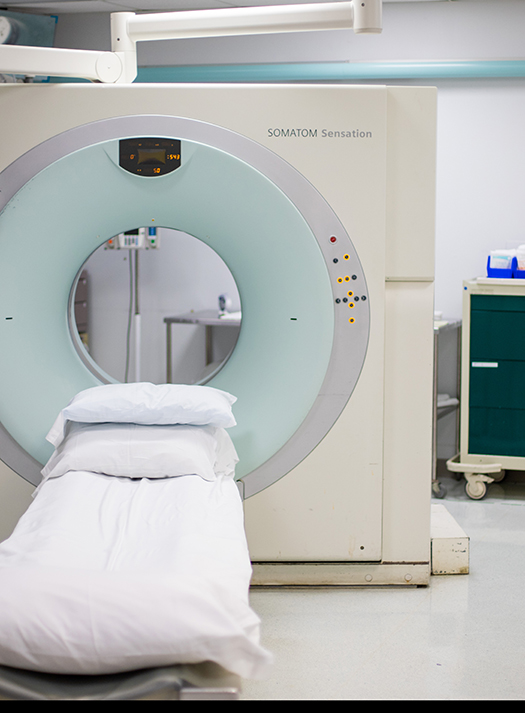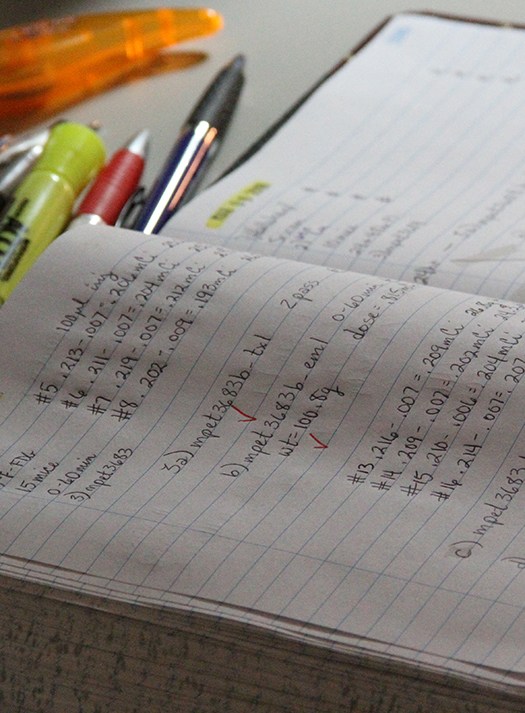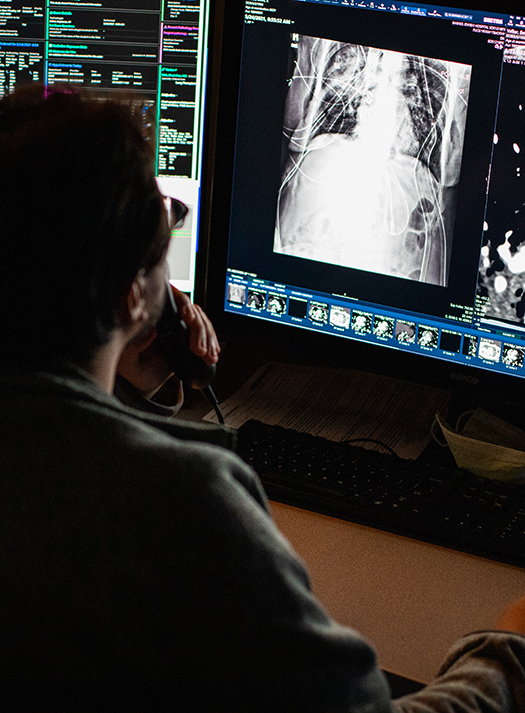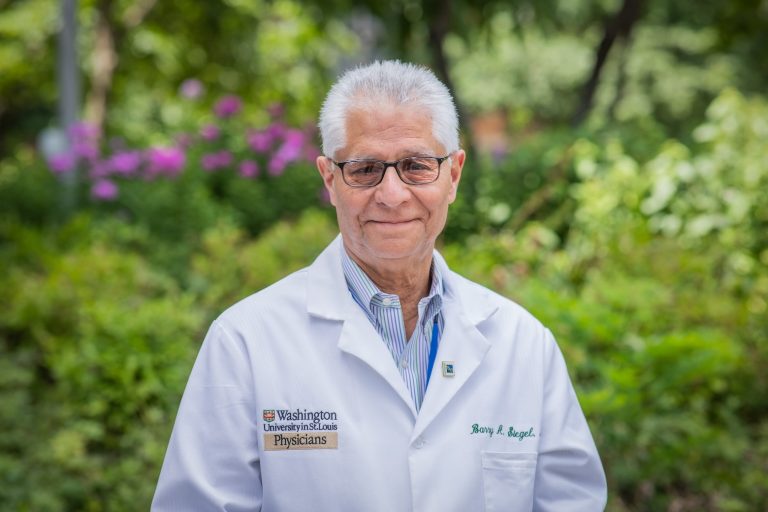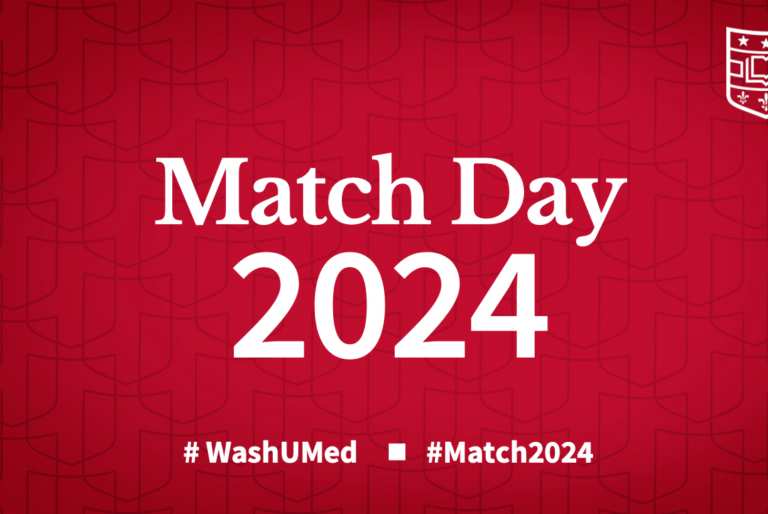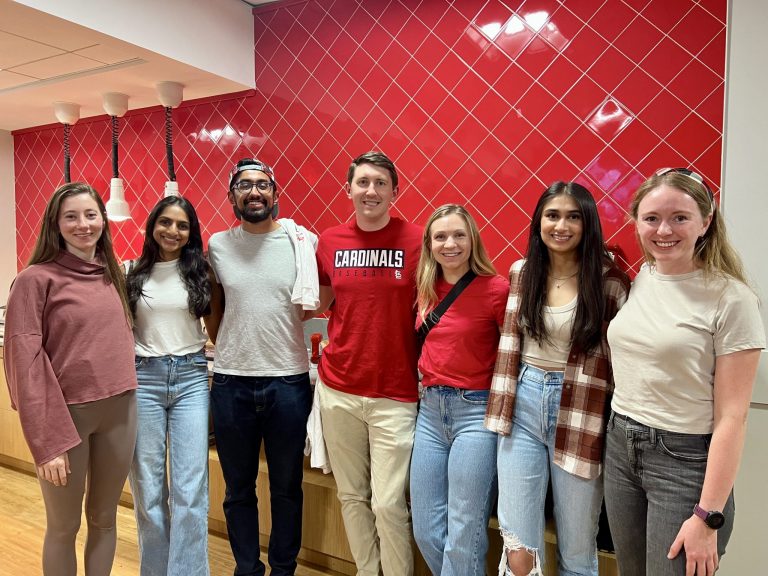Diagnostic Residency
At MIR, you’ll train alongside globally recognized radiologists who are dedicated to clinical care, education and your personal success. And that’s just one reason why our diagnostic radiology residency is a national standout.
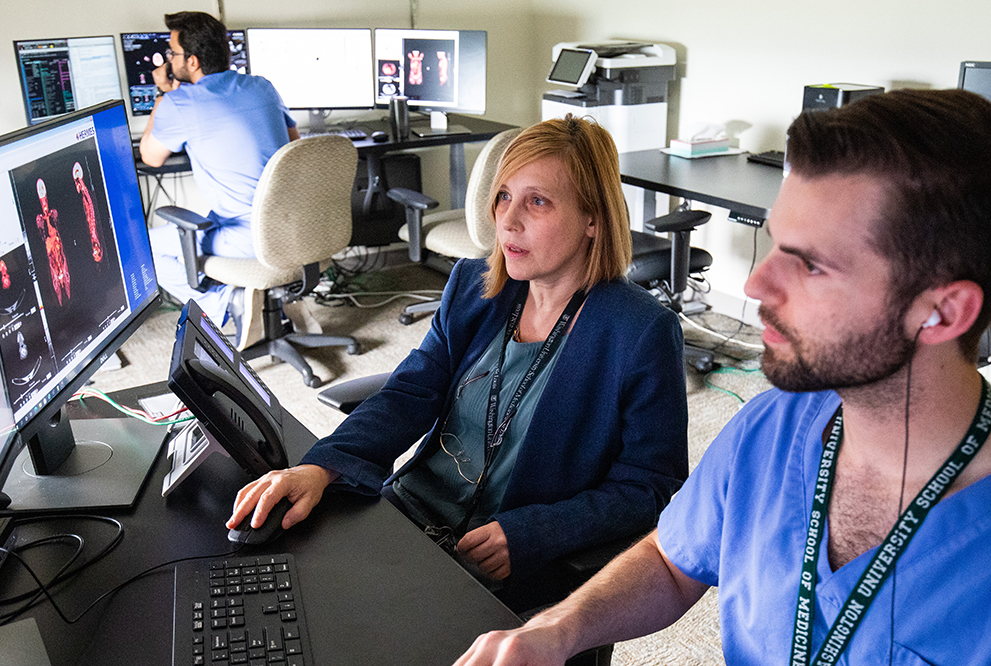
Specialized Tracks
Explore the three internal training pathways to subspecialty training while completing your residency at MIR.
Our Residents
They come to us from across the country and around the globe. Together they are on their way to becoming the future leaders in diagnostic radiology.
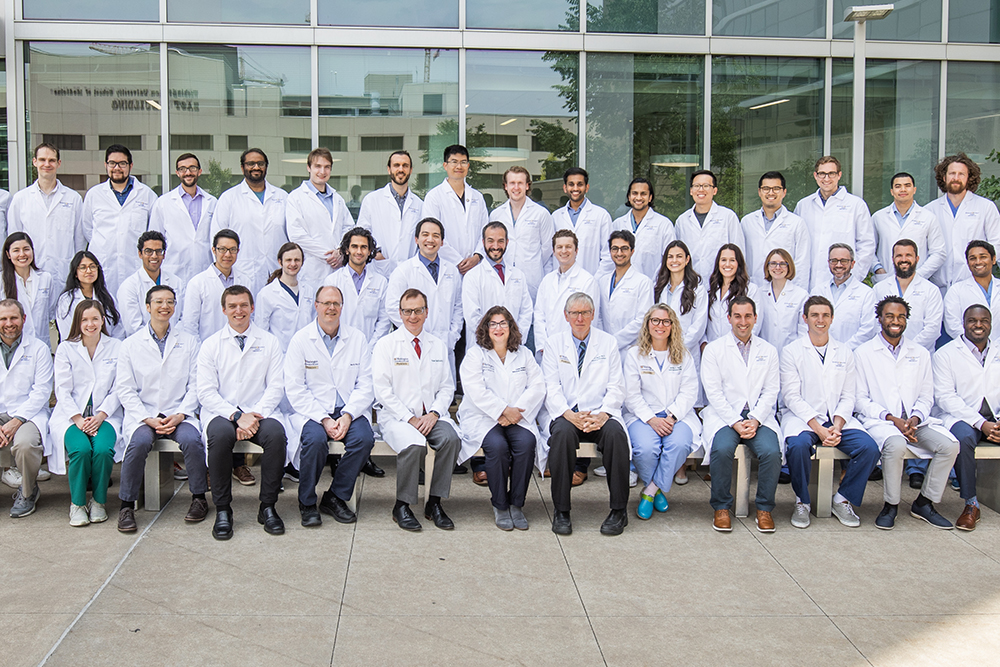
Program Director
With a breadth of experience in radiology education, Martin Reis, MD, knows what makes for a successful radiology residency.

